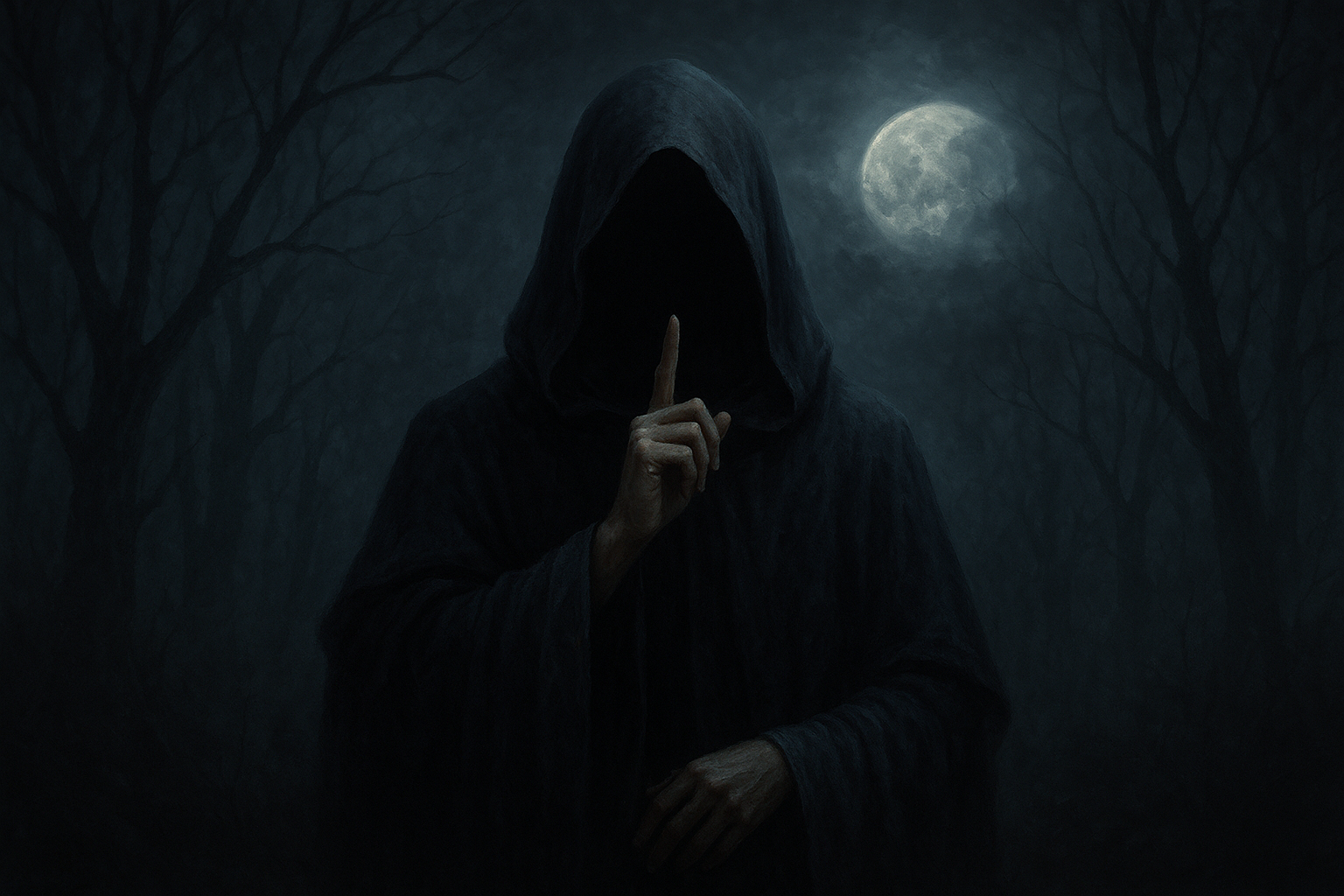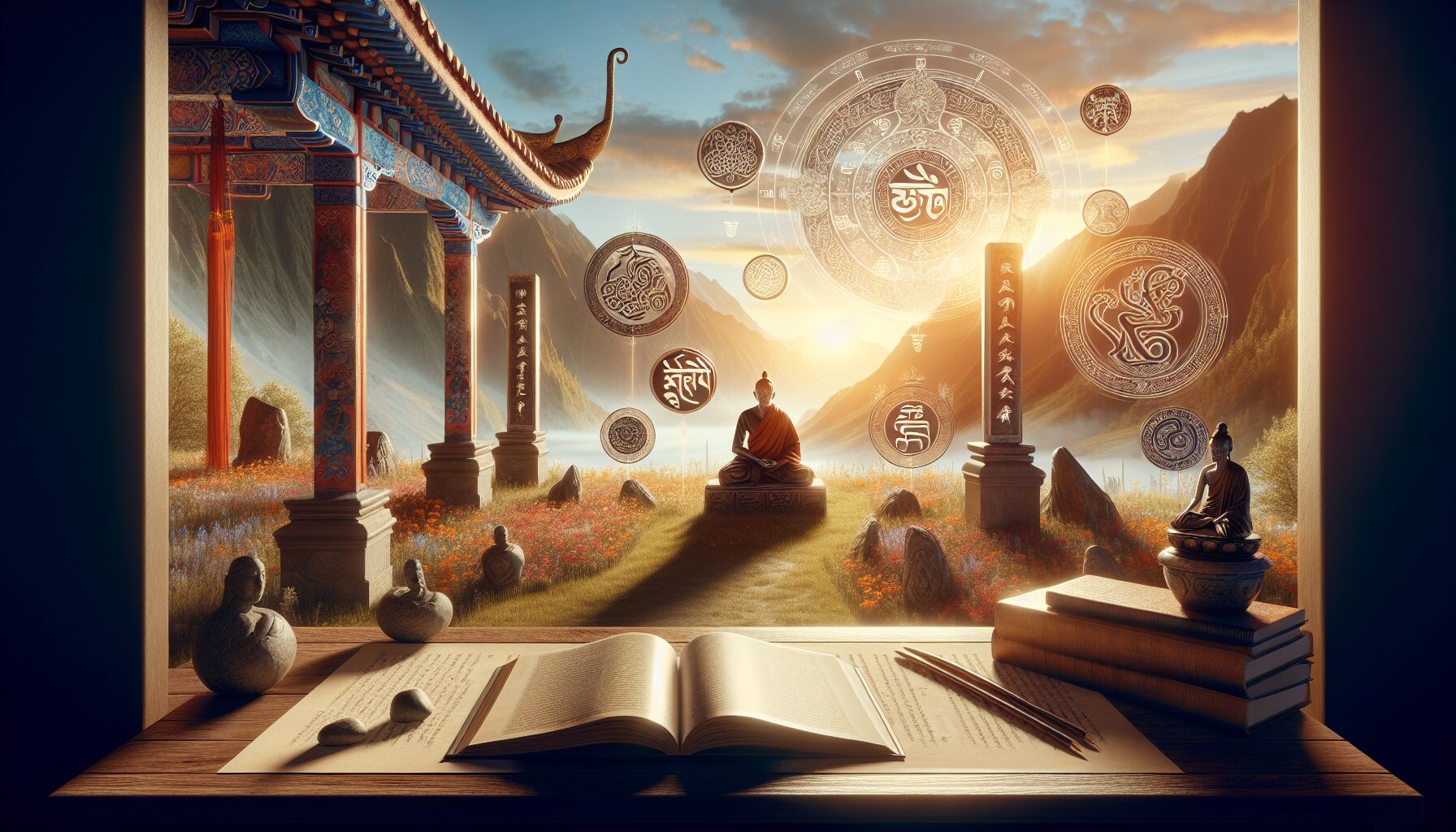The Night’s Whisper: Darkness as Mystic Teacher
In the quiet embrace of night, when the clamor of day subsides, darkness emerges as a profound teacher. It is often when the world seems stillest that the most profound lessons are whispered. Embracing the night, with its mysteries and shadows, offers unique insights into the human psyche and the universe at large.
The Mystical Allure of Darkness
For centuries, darkness has been shrouded in awe and mystery. Philosophers and poets alike have sought to understand its allure and the truths it holds. According to Khalil Gibran, “Darkness may hide the trees and the flowers from the eyes but it cannot hide love from the soul.” This suggests that darkness, far from merely obscuring, invites introspection and reveals deeper truths.
Embracing the Shadow
The concept of the ‘shadow self’ has long been discussed in psychological circles. Carl Jung, the Swiss psychiatrist and psychoanalyst, emphasized the importance of acknowledging and integrating our shadow. He believed that acknowledging this hidden part of ourselves is crucial for personal growth. As Jung asserted, “One does not become enlightened by imagining figures of light, but by making the darkness conscious.” This act of facing the darkness within allows individuals to uncover and understand their true nature.
“Into the darkness they go, the wise and the lovely.” — Edna St. Vincent Millay
Nurturing Creativity and Reflection
The night, with its enveloping darkness, becomes a canvas for the imagination. Many creative minds have found inspiration in the solitude and stillness of the night. For instance, Mary Shelley famously conceived the idea for Frankenstein during a dark and stormy night. Darkness provides a space for reflection and innovation, unencumbered by the distractions of the daytime.
Conclusion: Lessons in Silence
In a society that often fears the unknown and glorifies constant activity, the night serves as a gentle reminder of the importance of pause and reflection. Embracing darkness can lead not only to self-discovery but also to a deeper connection with the world around us.
- Find solace in the tranquility of night.
- Listen to the lessons that shadows impart.
- Embrace the mysteries that darkness offers.
Through the whispers of the night, one finds a pathway to understanding and enlightenment, guided by the silence and darkness that surrounds.


